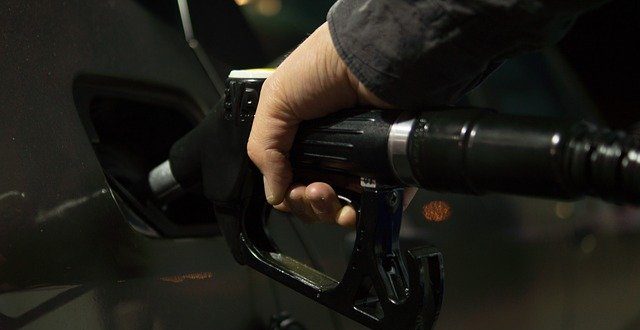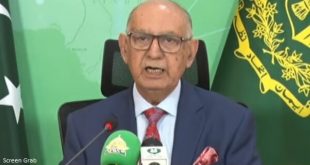- Govt’s Transport Energy Saving Plan
- Separate Tax Slabs for Separate Vehicles
- Why Experts Have Reservations on Cheap Fuel Scheme?
- Who Will Benefit From Govt Petrol Subsidy Scheme?
Web Desk – Being reprimanded by the masses for failing to control inflation, Prime Minister Shehbaz Sharif’s government finally forms a major plan to give some relief on petroleum prices.
The Ministry of Energy has released a Transport Energy Saving Plan (TESP) to be implemented step-wise. The main focus of the energy-saving measures will be the auto and transport sector of the country. The plan’s basic aim is to determine the retirement age of cars and improve the national fuel economy standards.
According to the government plan, the engine size of the vehicles will determine the implementation of toll tax. For vehicles above 800cc, the toll tax slabs will be separate from other vehicles.
Similarly, the fuel rates will also be charged keeping in mind the engine size of the vehicles. As per the government plan, separate fuel price slabs will be made for cars with 800cc, 1600cc, and larger engines.
The plan further discloses that a mass transit transport system will also be made and put in place for major cities.
As far as electric vehicles are concerned, the implementation of codes and standards related to electric vehicle (EV) supply equipment is also a priority. EV charging infrastructure as per their international code standards will be implemented.
This plan, if implemented, will save 2.4 billion litres of oil annually. The transport energy saving plan will reduce 7.7 million tonnes of carbon from the environment. Starting this year, the Transport Energy Saving Plan (TESP) will be gradually implemented.
Government’s Petrol Subsidy Scheme
In Feb 2023, Prime Minister Shehbaz Sharif approved a petrol subsidy for motorcyclists and car owners of up to 800 cc vehicles by charging Rs50 per litre higher price from citizens owning vehicles of above 800cc.
The summary moved by the Petroleum Division in this regard shows that the government has plans to collect more than Rs75 per litre as an additional amount from consumers, who are already struggling to make both ends meet.
Criticism On Fuel Subsidy Plan
Many economic experts are of the view that the government is pushing its social responsibility onto the shoulders of the masses, already facing a 50-year high inflation of over 35% and so far the highest food inflation of 46%.
According to critics, the owner of a 1000cc taxi will also be forced to pay up to Rs75 per litre extra as a subsidy for an expensive 660cc small car, having a value of around Rs3 million.
For many, this is a political stunt by the ruling alliance to support its fast-dwindling popularity among the people.
According to the Petroleum Division’s estimates, around 20 million motorcycles, rikshaws and 1.36 million cars below 800cc across Pakistan are the targeted segment of the government’s ‘cheap fuel scheme’.
The Petroleum Division has requested the Economic Coordination Committee (ECC) that motorcycles, rickshaws and small cars may be provided with a relief of Rs25 to 75 litres by incrementally increasing the price of petrol for richer consumers having cars over 800cc.
Small Cars Will Become Cheaper In Pakistan!
Above all, the IMF has also raised suspicions about the possible impact of the scheme on the budget and misuse of the scheme.




